Atlanta Public Schools is currently on track to be more than $100 million over budget for the 2026 fiscal year. This deficit isn’t caused by a lack of funding, but instead because funding is spent so inefficiently.
A large part of APS’s budget problem comes from having too many schools in the district. If APS had comparable school sizes to other districts, it would have between 12 and 18 fewer schools than it does now (across elementary, middle and high school levels). In short: there are a lot of schools and not enough students to fill them.
When there’s an overabundance of schools, funding for extremely under-capacity schools is inefficient because fixed costs don’t change. Whether there are 200 students in a school or 2,000, the cost of a front office stays the same. APS still needs to pay teachers the same amount, resource officers still need to be hired and maintenance and IT workers are still needed. It just doesn’t make sense to have five underfilled schools when there could be one large one. That means only one front office, one team of resource officers, one group of maintenance and IT workers.
A lot of the issue boils down to cost-per-student. APS spends between $3,760 and $7,986 more per student than DeKalb County, Fulton County, Cobb County, Clayton County, Fayette County and Gwinnett County School Districts. This, again, comes down to school size. A large school such as Midtown only spends $10,718 per student, while a much smaller school like Carver Early College spends $15,169 per student. This problem only worsens as schools get smaller. For example, Frank L. Stanton Elementary School, the smallest school in the district with just 155 students, costs APS a whopping $30,316 per student. Funding tiny schools like this just doesn’t make sense, and it’s killing the budget.
One solution is to consolidate schools. Instead of having five small schools for 1,000 students, there could just be one larger school. This would save money by eliminating the unnecessary fixed costs of extra schools: building maintenance, landscaping, utility bills and a whole host of other expenses. Combining small schools would allow APS to serve more students with less money, saving crucial dollars.
There is something to be said for the ability of smaller schools to better serve their local communities. A small school located near all of their students is going to be much more plugged into its community than a large school that’s farther from its students. While that model may seem beneficial, it clearly isn’t economically feasible. Small, local schools might be preferable in theory, but in reality, they aren’t a sustainable option.
Another huge source of the budget deficit is in staff payroll. Salaries make up the largest portion of APS’s budget. If APS hired at a similar staff-to-student ratio to other districts, it would have between 2,615 and 3,749 fewer staff members. This decrease would save between $234.35 and $335.94 million. This presents another plausible solution: layoffs. It’s not something anybody likes to hear, but it would save a lot of money. Much of APS’s increased ratio comes from outside the classroom: positions like athletic directors, testing and STEAM coordinators and graduation coaches. Eliminating these positions would help save money without directly impacting classroom education. The fact of the matter is that APS employs a very high ratio of staff-to-students, and there are plenty of unnecessary positions that can be cut. It may not be the prettiest, but neither is a $100 million budget deficit.
In order to secure the stability of the district and reach a balanced budget in 2026, APS needs to make cuts somewhere. The options available might not be the most attractive solutions, but whether it comes from school consolidation, staffing layoffs or some other source, money needs to be saved somewhere.

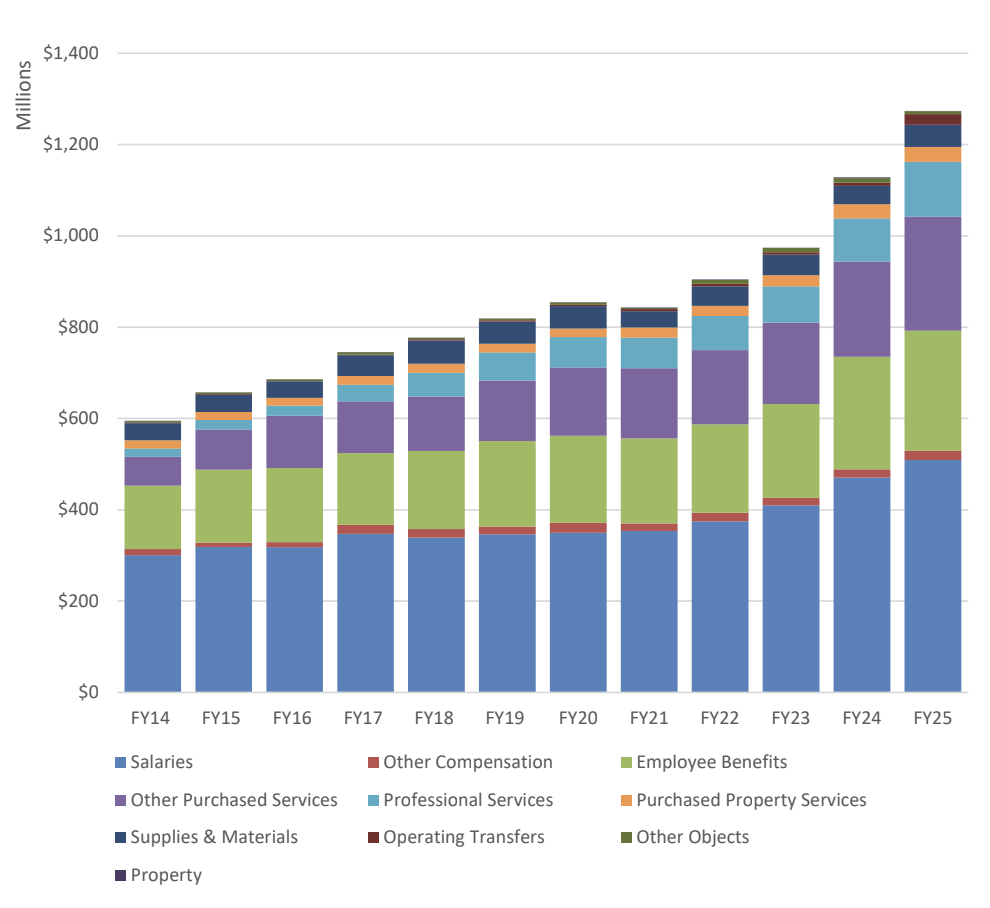



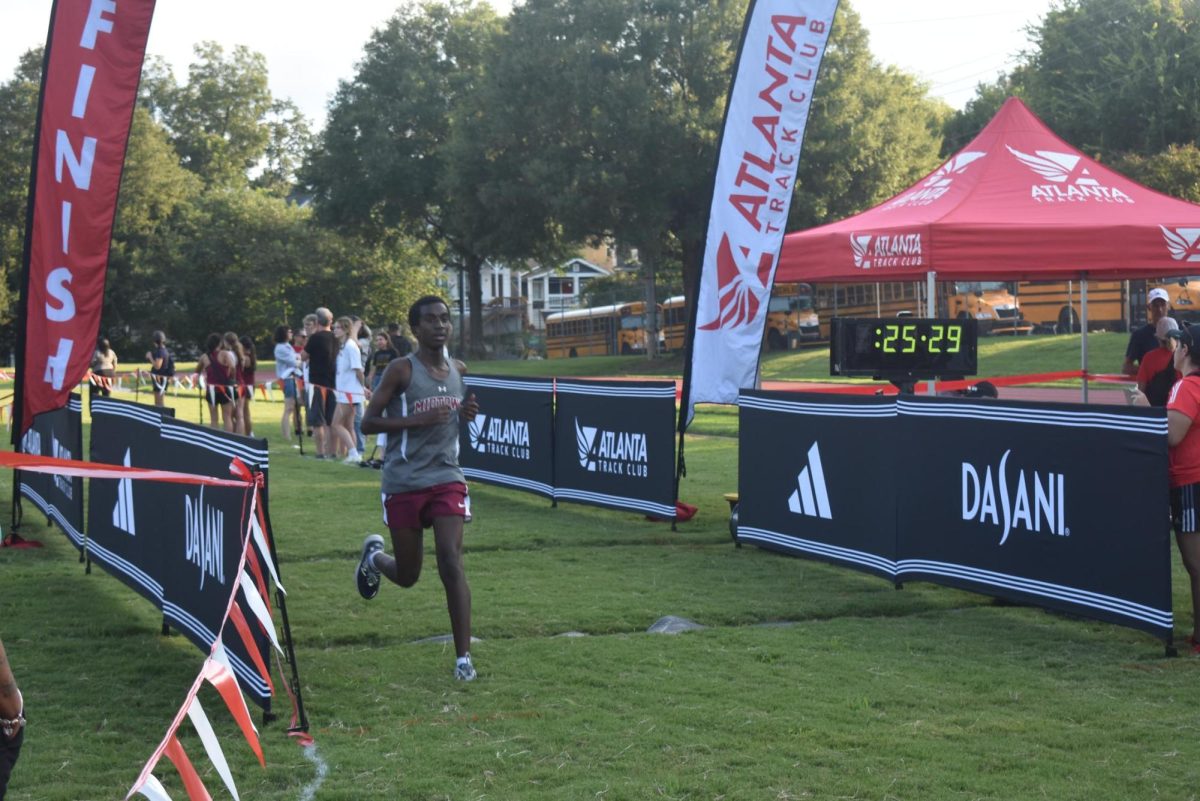

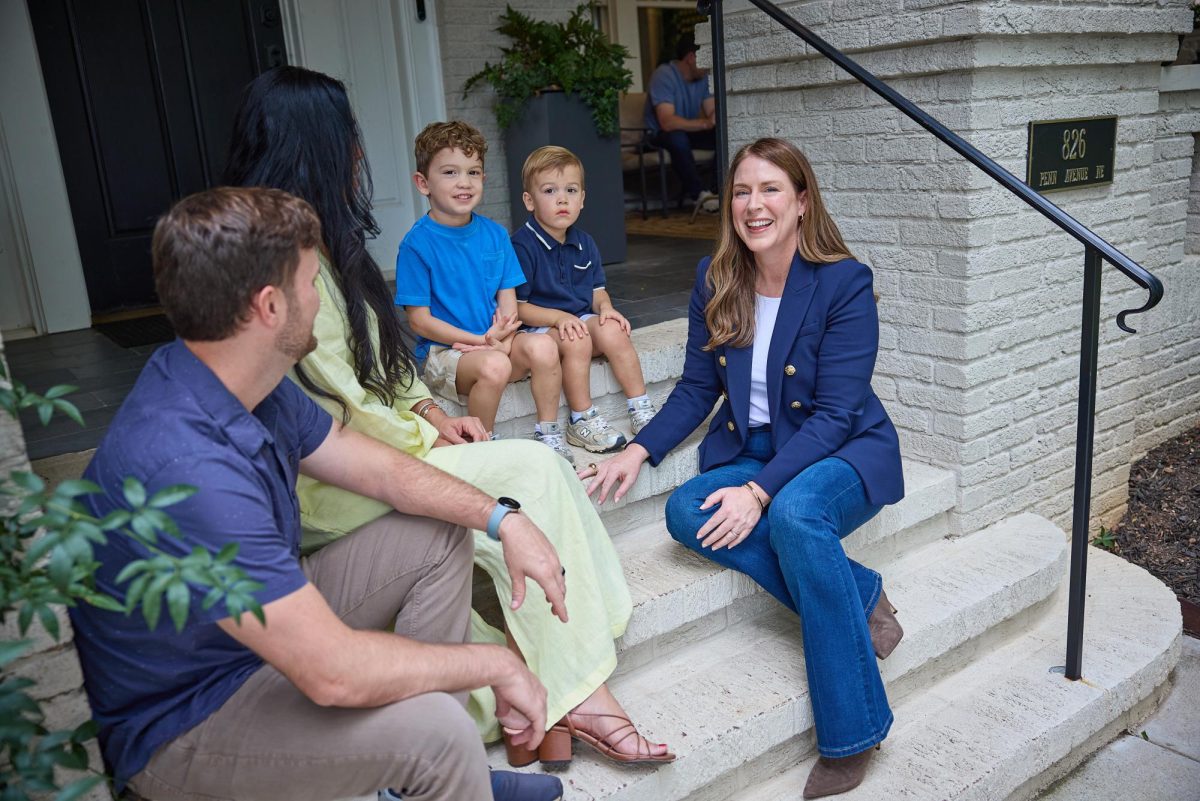

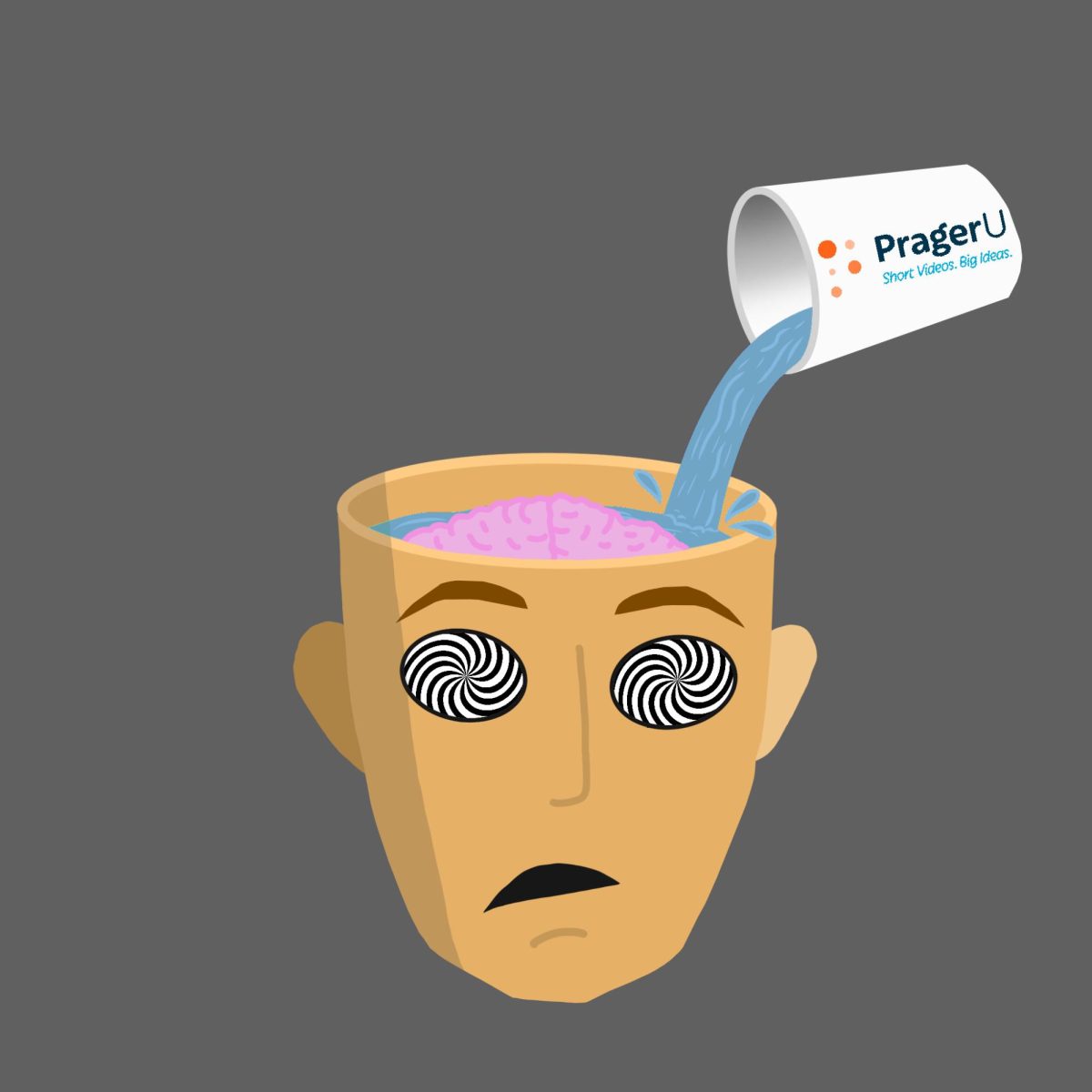

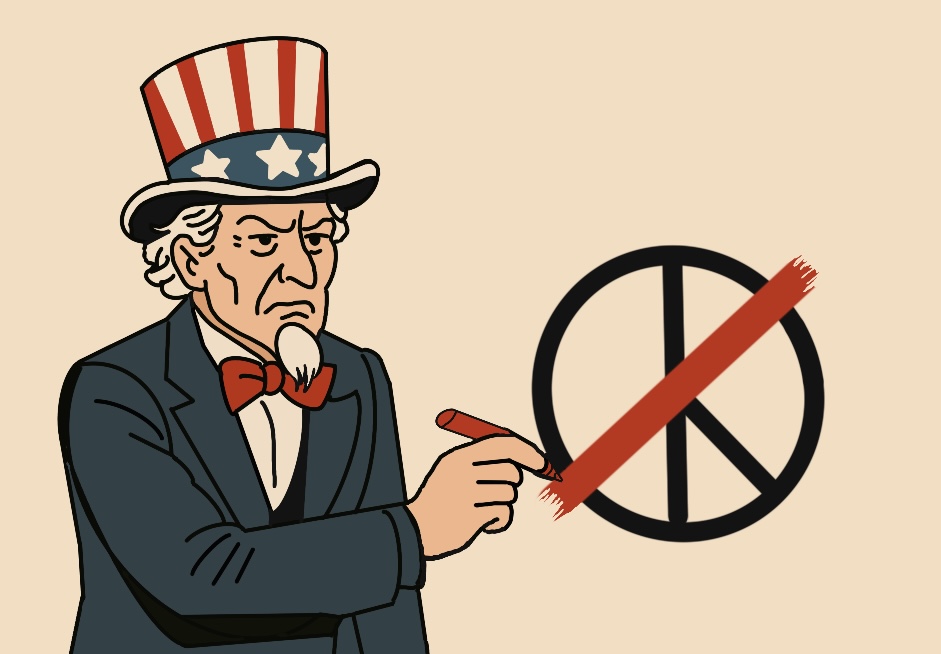
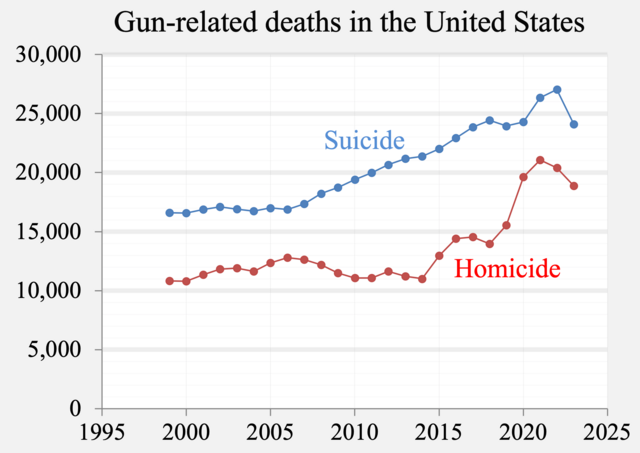

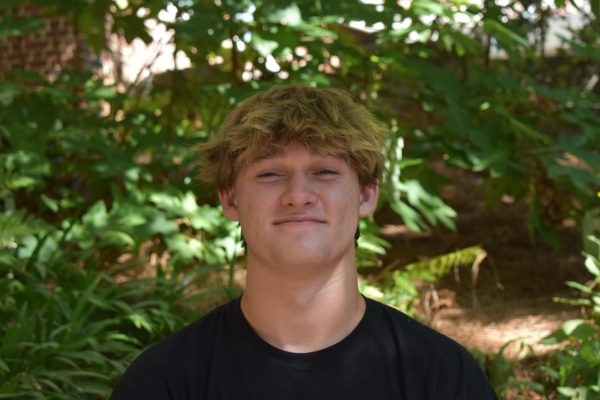
Richard Hatcher • Dec 4, 2024 at 6:44 pm
Well written, Liam. Proud of the work you’re at The Southerner.